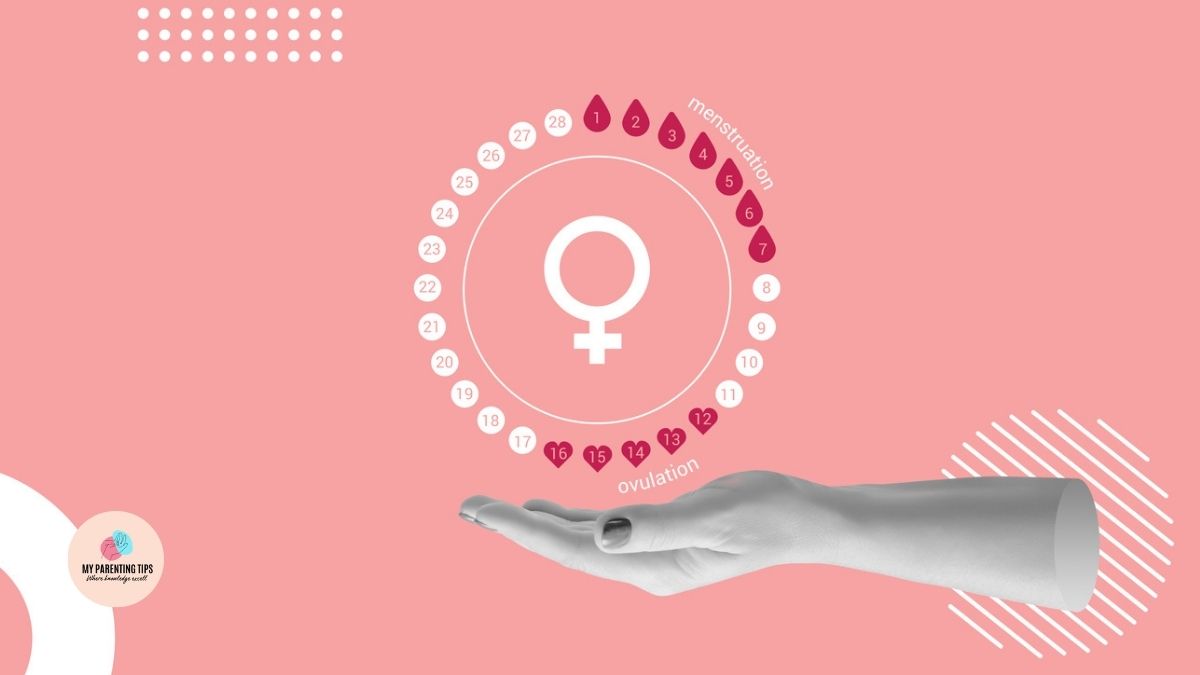What Is Ovulation? Cycle Timeline, Pain, and Other Symptoms

“This article explains ovulation and includes its cycle, symptoms, and hormonal mechanisms.” It addresses tracking techniques, ovulation pain, and spotting, therefore offering an understanding of how to manage fertility awareness and reproductive health.”
Anyone managing period symptoms, tracking their fertility, or just curious about their body can benefit greatly from knowing ovulation. Ovulation, which usually occurs once every menstrual cycle, is fundamental for reproduction. Let’s define ovulation, discuss how to spot its symptoms, and go over what to expect during this period.
What is Ovulation?
Ovulation is the release of a developed egg from the ovary, usually somewhere throughout the menstrual cycle. Once released, the egg falls down the fallopian tube, where sperm can fertilize it. Usually occurring between days 12 to 16 of a 28-day cycle, ovulation might vary depending on each cycle. Whether your family planning is aimed at conception or avoidance of pregnancy, knowing when ovulation occurs helps.
See What is Ovulation & When Does Ovulation Occur? If you want more exact timing on this to help you pinpoint your most fertile days.
The Ovulation Process: Key Phases and Timeline
Usually extending 28 days, the menstrual cycle consists of several phases that lead to ovulation:
1. Follicular Phase
Beginning on the first day of your menstruation, the follicular phase days 1–14 ends with ovulation. The body uses this period to stimulate follicle development in the ovary therefore preparing an egg for release.
2. Ovulatory Phase
The developed egg is discharged during the brief ovulatory period (around Day 14). A rise of Luteinizing hormone, or LH sets off this release; ovulation prediction kits allow one to see this.
3. Luteal Phase
The empty follicle transforms into the corpus luteum upon ovulation, releasing progesterone to support a possible pregnancy. Days fifteen through twenty-eight Menstruation results from declining hormone levels in the absence of fertilization.
Signs of Ovulation
Accurate tracking of your cycle depends on your awareness of ovulation signals. Some typical ovulation indicators consist in:
1. Cervical Mucus Changes
During ovulation, cervical mucus becomes more extensive and takes on a flexible, egg-white character. This change helps sperm move through the uterus, therefore increasing the likelihood of conception.
2. Mild Cramping or Ovulation Pain
During ovulation, severe discomfort or pain known as Mittelschmerz menstrual pain may affect one side of the lower abdomen.
3. Increased Basal Body Temperatures (BBT)
After ovulation, the temperature could rise somewhat. Monitoring BBT over multiple months will help one spot trends of ovulation.
4. Heightened Senses and Libido
Some people experience enhanced libido around ovulation as well as improved senses of taste, touch, or scent.
Ovulation Pain: What to Expect
Sometimes referred to as mittelschmerz, some persons characterise ovulation pain as a slight to severe tenderness on one side of the lower abdomen. Usually lasting only a few minutes to several hours, this feeling results from the ovary releasing the egg.
Although ovulation discomfort is common, see a healthcare physician if it becomes severe or recurring. Sometimes conditions such as endometriosis, ovarian cysts, or other reproductive health problems induce pain comparable to ovulation pain.
Understanding Ovulation Bleeding
Around ovulation, some people may find mild spotting also known as ovulation bleeding. Usually pale pink or brownish, this lasts a few hours to a whole day. Thought to be caused by hormonal changes or an egg released from the ovary is bleeding ovulation.
Although bleeding ovulation is common for individuals, it usually is mild and transient. See a healthcare provider for additional evaluation to rule out other possible reasons if bleeding is heavy, severe, or protracted.
Observing the Ovulation Cycle
Understanding your reproductive health and family planning can benefit from knowledge of ovulation tracking techniques. These techniques will assist you to monitor your ovulation process:
1. Ovulation Prediction Kits (OPKs)
OPKs sense luteinizing hormones (LH) to boost the production of fertility. Middle of your cycle, daily urine tests might assist you in determining when you most likely will ovulate.
2. Charting a Basal Body Temperature (BBT)
Each day before getting out of bed, take your temperature; following ovulation, you may see a small increase between 0.5 and 1 degree.
3. Calendar Strategy
Although this approach may be less accurate for persons with erratic cycles, tracking cycle lengths over multiple months helps find trends.
4. Physical signals
Understanding variations in cervical mucus or minor cramps can provide more hints regarding ovulation.
Why Knowing Ovulation is Important?
Knowledge of ovulation helps with health tracking, reproductive planning, and even symptom management. Knowing the fertile window that is, when conception is most likely helps those who are actively trying to conceive very helpful. Knowing ovulation patterns and indicators also helps one see any abnormalities in the menstrual cycle, which can point to underlying medical problems.
Hormones Affected in Ovulation
The following are the hormones that control ovulation:
1. Follicle-stimulating hormone (FSH)
It promotes the development of follicles which house ovary eggs.
2. Luteinizing Hormone
These spikes cause the mature egg to emerge from the ovary.
3. Estrogen
High estrogen levels tell the pituitary gland to produce more LH, hence starting ovulation.
4. Progesterone
Made by the corpus luteum following ovulation, progesterone helps the uterine lining in should a pregnancy result.
Knowing these hormones and how they affect the body helps one to understand how it gets ready for ovulation every month.
Finally
A necessary component of the menstrual cycle, ovulation signals the body to be ready for possible pregnancy. Information-related symptoms like ovulation discomfort or spotting, tracking the ovulation process, and identifying ovulation signals would help one get important information about reproductive health. Knowing your body’s ovulation cycles helps you whether your goal is to simply control cycle symptoms or conceive.
Disclaimer
This article provides general information only. Please consult a healthcare provider for personalized guidance on ovulation and reproductive health.



